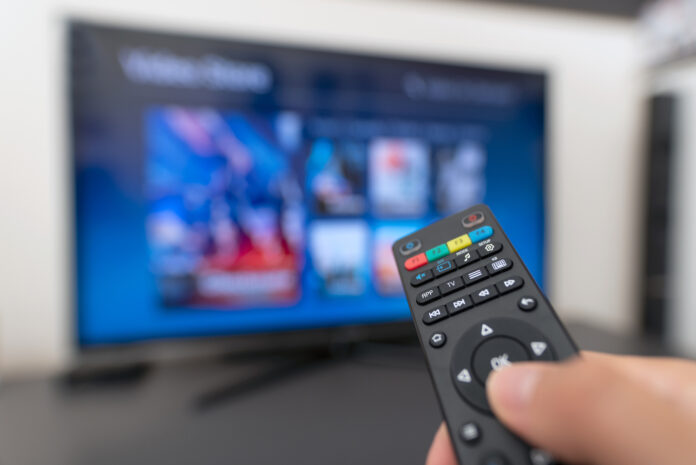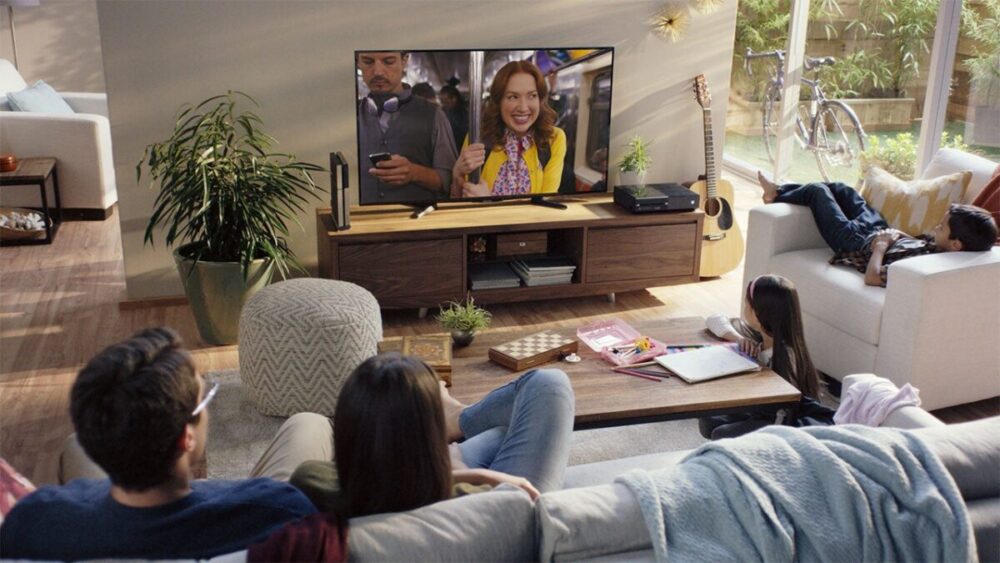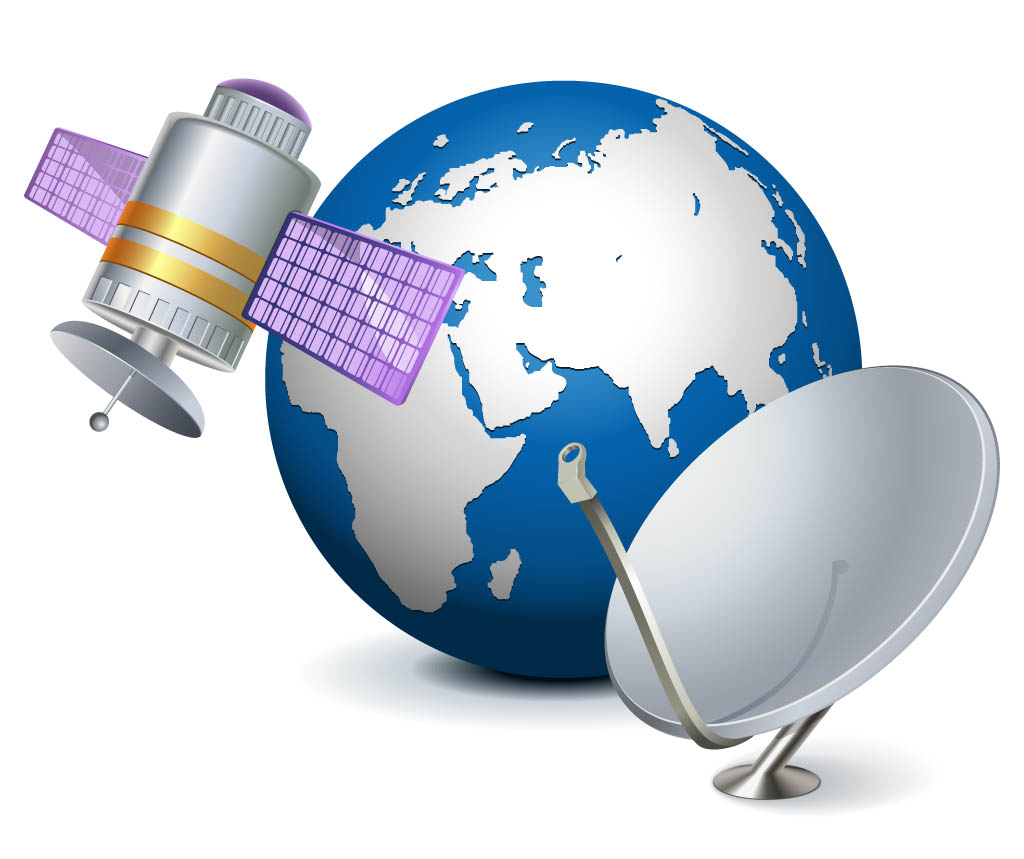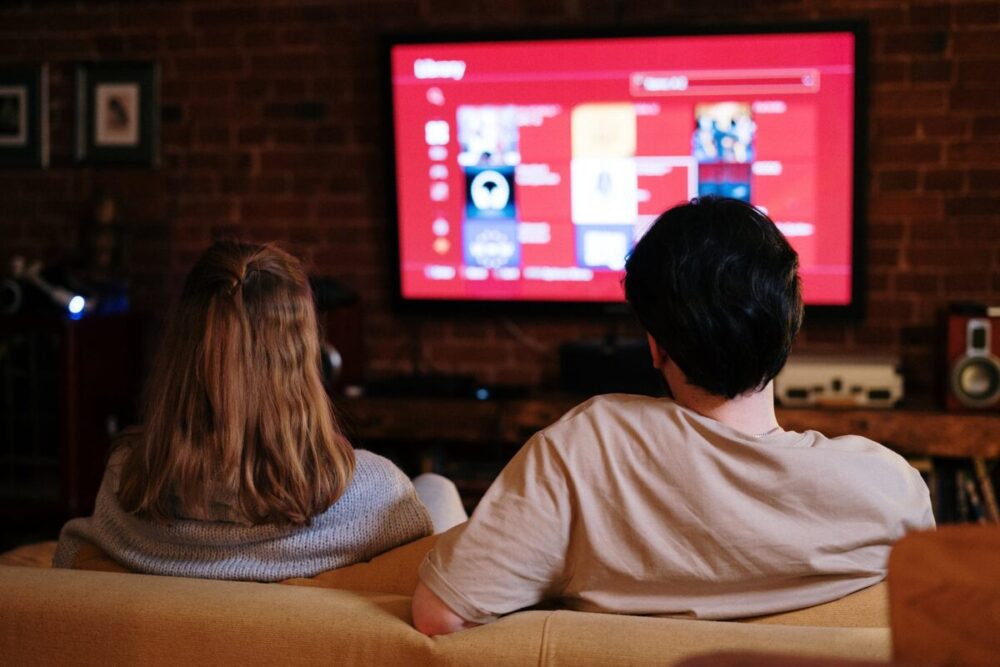
In a world with so many different technological terms, it may be hard to make a clear distinction between common terms. While we mostly deal with internet streaming services nowadays, cable TV and regular TV are still largely present in some areas of the world. However, not everyone knows the differences between them and often confuse them. In this article, we are going to try and differentiate and decipher whether cable television is better than ordinary or conventional television and how so. For doing so, let us first understand what each of these services fundamentally is and by the time we wrap up this discussion of what and how cable TV and ordinary TV are different from one another, you will hopefully better understand what the pros and cons that come with either of them are. With all of that being said, let us get down to business.
Table of Contents
What is Cable television?

Cable TV started as a commercial company in the United States of America during the late 1940s and became widely famous and sought after during the 1950s. Cable television originated as a coaxial cable delivery system that enabled viewers to reside in locations where they were unable to access a signal over the air for getting a local, traditional variety of television. In the 1960s, the cable TV industry was heavily regulated and governed by the FCC, which severely limited its availability and access. As cable television regulation by FCC became much more flexible and relaxed in 1972, the industry continued to grow significantly and never looked back. Consumers of cable television often have access to dozens, even hundreds, of new channels, in addition to the local TV network affiliates, they would get anyway.
Home Box Office (HBO) was also established in 1973 as the first pay-tv network in the country, and a pioneer in this now-dominant way of streaming television content. This is how it all started and shaped up to be such a huge industry that we know, love, and watch today. Some of the biggest names including Xfinity or Spectrum cable managed to expand their footprint over 44 states through the United States in a matter of a few decades, earning them the widest reach and the most customers. Visit here if you want to learn more details about that.
What is Satellite TV?

Signals that are transmitted at the nearby head-end of a cable provider are transmitted over older, primarily coaxial cables, hence the terminology is associated as “cable”. This goes on for miles before it is transmitted to your house. Although it is much more complex than this quick and basic explanation, that is the main way in how it works. On the other hand, satellite TV also uses coaxial cable, but instead of a signal coming from a massive satellite dish installation and spanning miles along the cable, it is only a simple cable extended from a small dish outside the house to the wiring of your house that itself is coaxial anyway. In general, depending on where you reside, as well as the strength and placement of your antenna, the number of channels and the signal quality can differ greatly. The absolute best signal and lineup of channels are within cities and close to the main infrastructure. At the moment, satellite TV brings along between 1 to 20 available channels which you can pick from. Different packages and deals exist with different providers.
What is Ordinary TV?

Ordinary TV is also commonly and popularly known as broadcast television. It is described as a means in which the television signal is sent by radio waves over the air and received by a TV antenna that is connected to the TV set on the other end. As we are familiar, that broadcast media is primarily based on entertainment content that utilizes radio and television to reach the masses. It is pretty similar to what you would get if you had a receiver in your home to obtain their signals broadcast from the local TV stations out of the radio-television. The popular television networks were those that originated with radio networks in the early days of television, in the 1930s and 1940s.
Early TV receivers could hardly get 12 channels, as the general span was from 2 to 13 channels.
The FCC elected not to renumber the remaining twelve channels of television, but we were left with the standard television (VHF) dial covering Channels 2 to 13 from that point on, without Channel 1. Television antennas were unable to transmit powerful signals locally without interrupting the neighboring channels while doing so, reducing the overall number of channels that could be transmitted in one region to only 7. In 1965, the FCC regulations required all-new TV receivers to have UHF tuners built-in that could transmit channels 14 through 83.
Ordinary TV or even over the Air (OTA) has few channels and a specific antenna which is often required to watch those channels. Every so often, only because of the equipment, climate changes, or any similar reasons, the channels can split up or not be visible enough to be watched. If you are residing in any of the major cities, the lines for the power, underground flow and transfer from the basement to your premises, meaning you can have little or no disruption when you experience bad or extreme weather conditions. Cable TV networks of today come with hundreds of HD channels, could also be availed in 4K, On-Demand channels, or premium channels that you would want to watch with a set-top box. In addition, the weather and elements do not really interfere anymore, except when they cause a power outage.
Conclusion and Final Word

We have tried to bring you all the information on how satellite, cable, and ordinary TV function and what each one of them brings along. Cable TV is an obvious winner, but you are of course always free to check the serviceability of cable providers in your area via localcabledeal.com. If in any case, you do not have access to a cable connection, a satellite is the next best option for you. Do share your thoughts and experiences in the comments section below!





